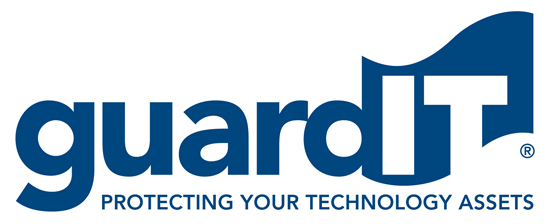Hopefully, whether you're the depositor or the beneficiary, you'll never have to experience an escrow deposit release. But there are many factors and variables, especially in today's economic climate, that may adversely affect a technology company's business operations and threaten its existence and operations.
But that's why you have an escrow agreement, right?
If you have a Guard-IT escrow agreement, you won’t experience a frivolous or "knee-jerk" release of the escrow deposit materials without the depositor’s written consent or a court order. Instead, when a release request is made, we will take time to review the original escrow agreement and check all of the details in the agreement’s release protocol.
Remember, the escrow agent is bound by contract to simultaneously: 1) Protect the confidentiality of the depositor’s intellectual property while and 2) provide for the beneficiary's contingent access to the deposit materials.
As mentioned before, your escrow agreement is sort of like a pre-nuptial and a will in the same instrument. It’s like a pre-nup in the sense that it’s implemented at the beginning of the licensor-licensee relationship (the license or contract period), and it’s like a will in that it defines the contingencies in the event something happens to the depositor. Guard-IT's role is like a custodian during the normal term of the escrow and then, if necessary, as the “executor” when a release request is made.
The release protocol is Guard-IT's list of instructions to follow when we receive a release request from a beneficiary. This is to benefit both parties and ensure that other means of repairing or resolving the issue have been explored before any deposit materials are released.
The beneficiary’s release request is a written (letter or email) notification, submitted in good faith to Guard-IT, indicating that some release condition has occurred. It is Guard-IT's duty to then forward a copy of the request to the developer and allow for an objection period.
The objection period is the developer’s opportunity to reply to the release request with contrary instructions, stating that the release condition does not exist or the issue has been resolved. If the release condition is not resolved within the objection period, the issue may proceed to arbitration or alternative dispute resolution (ADR), depending on the terms of the escrow agreement. There, the arbitrator or mediator may issue an order to the escrow agent to release or retain the deposit materials.
In clear-cut bankruptcy or business failure cases, the objection period may lapse with no reply or consent from the developer, and the deposit materials may be released to the beneficiary. The escrow agreement is then terminated when the deposit materials are released.
As a footnote, most escrow agreements specify that if the deposit materials are released to a beneficiary, the beneficiary may only use them as intended in the original license agreement.
As for other third parties attempting to access the deposit materials, Guard-IT has no obligation to anyone outside the escrow agreement. Again, written consent from the depositor or a court order is the only way for a release to occur.
